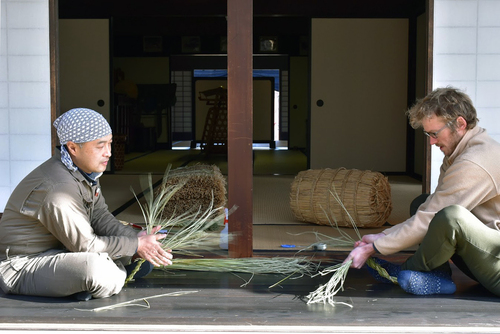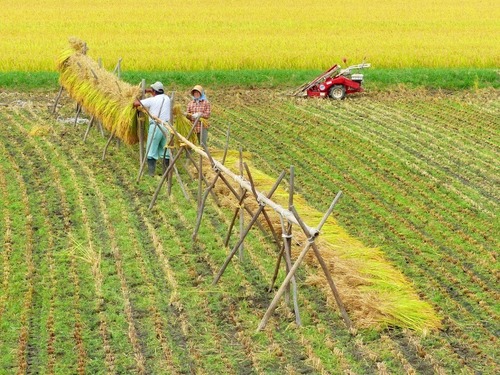Special Contents
Warazaiku -The Ancient Japanese Craft of Making Stuff out of Rice Straw-Vol.1
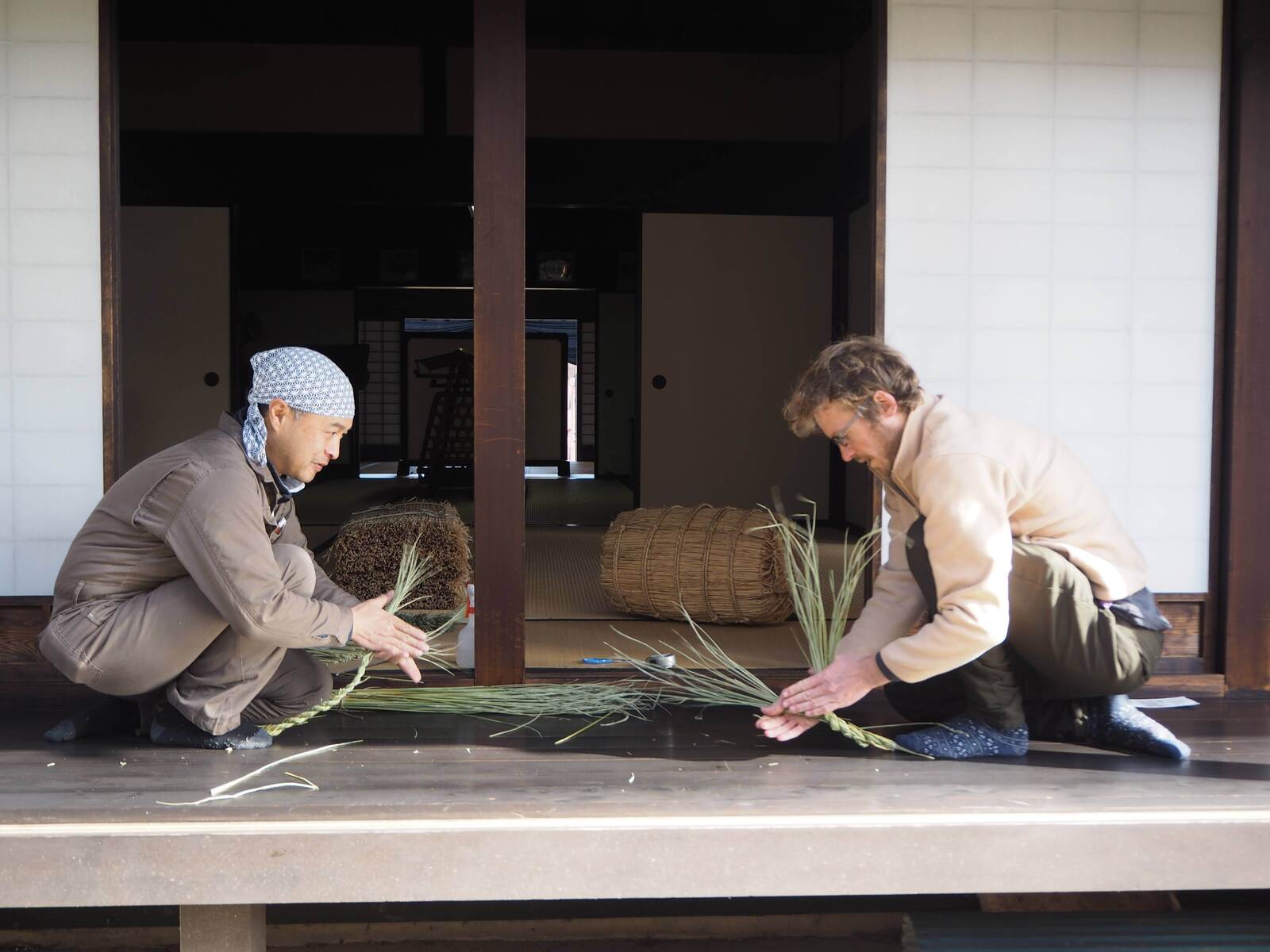
The endangered artform of warazaiku is both artistically and spiritually integral to Japan. Look back at old pieces of Japanese art and you are pretty much guaranteed to find something in there made out of straw. Straw was the go-to material and it was ubiquitous. Nowadays warazaiku is incredibly rare. But what is warazaiku? And how has it become so scarce? In this article we’ll introduce warazaiku and meet Yuji Sakai, a warazaiku shokunin (master) in the Ina Valley. His work in revitalizing and protecting warazaiku has made him one of the top masters in the country. He even makes the rings of the infamous Japanese sumo wrestling tournaments.
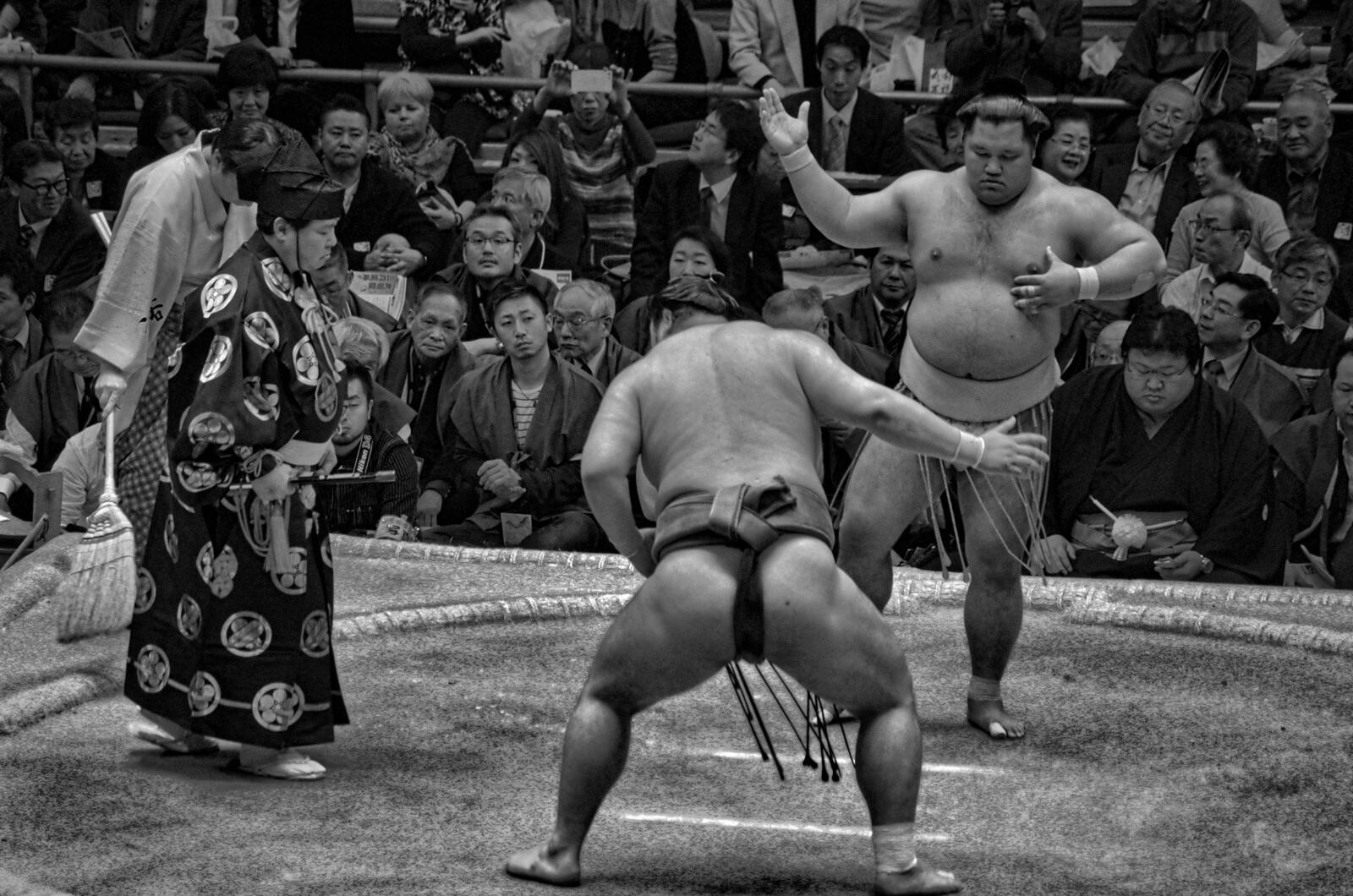
What is warazaiku?
In short, warazaiku is stuff made of rice straw. It is no great secret that Japanese people love rice, they grow a lot of it, and they have done for a long time! With all that rice agriculture comes a whole lot of straw. It was pretty much inevitable that this extremely abundant material would be used for something. So, lets introduce a few of the items that can be made with warazaiku.
1. Komedawara (rice bales)
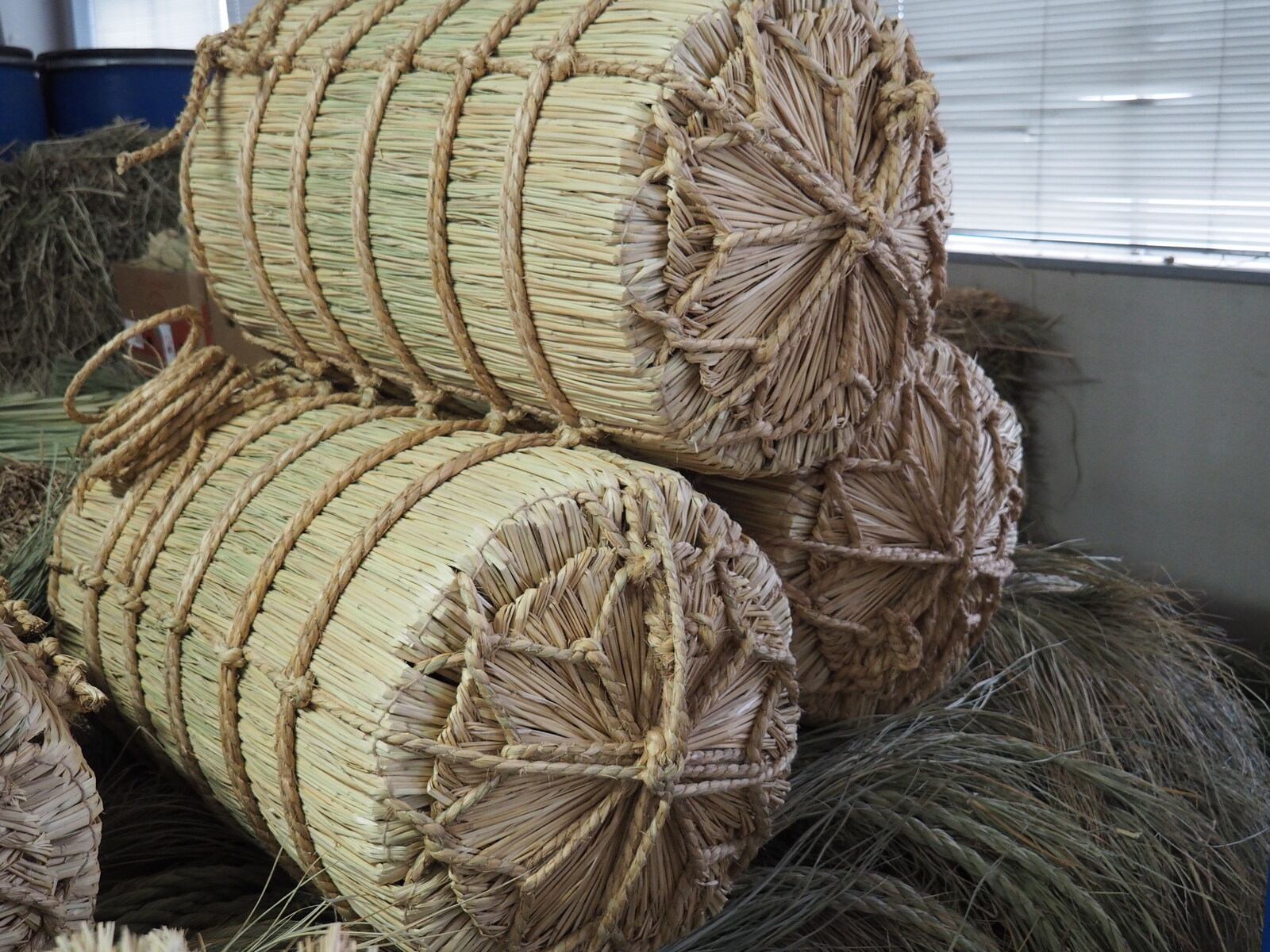
For long swaths of time in Japan rice was currency. This rather heavy monetary system was lugged around in giant bales made out of straw. Ippyou is a standard unit for a komedawara which weighs roughly 60kg. Yuji Sakai of Iijima Town in the Ina Valley holds an annual komedawara marathon, where runners race carrying heavy rice bales through the streets. Incidentally these komedawara of Iijima Town are also used to create Japan’s sumo wrestling rings. Rice bales are half buried in compacted dirt a circular position. Next time you watch sumo, pay attention to the ring and you will see what I mean.
2. Waraji (rice sandals)
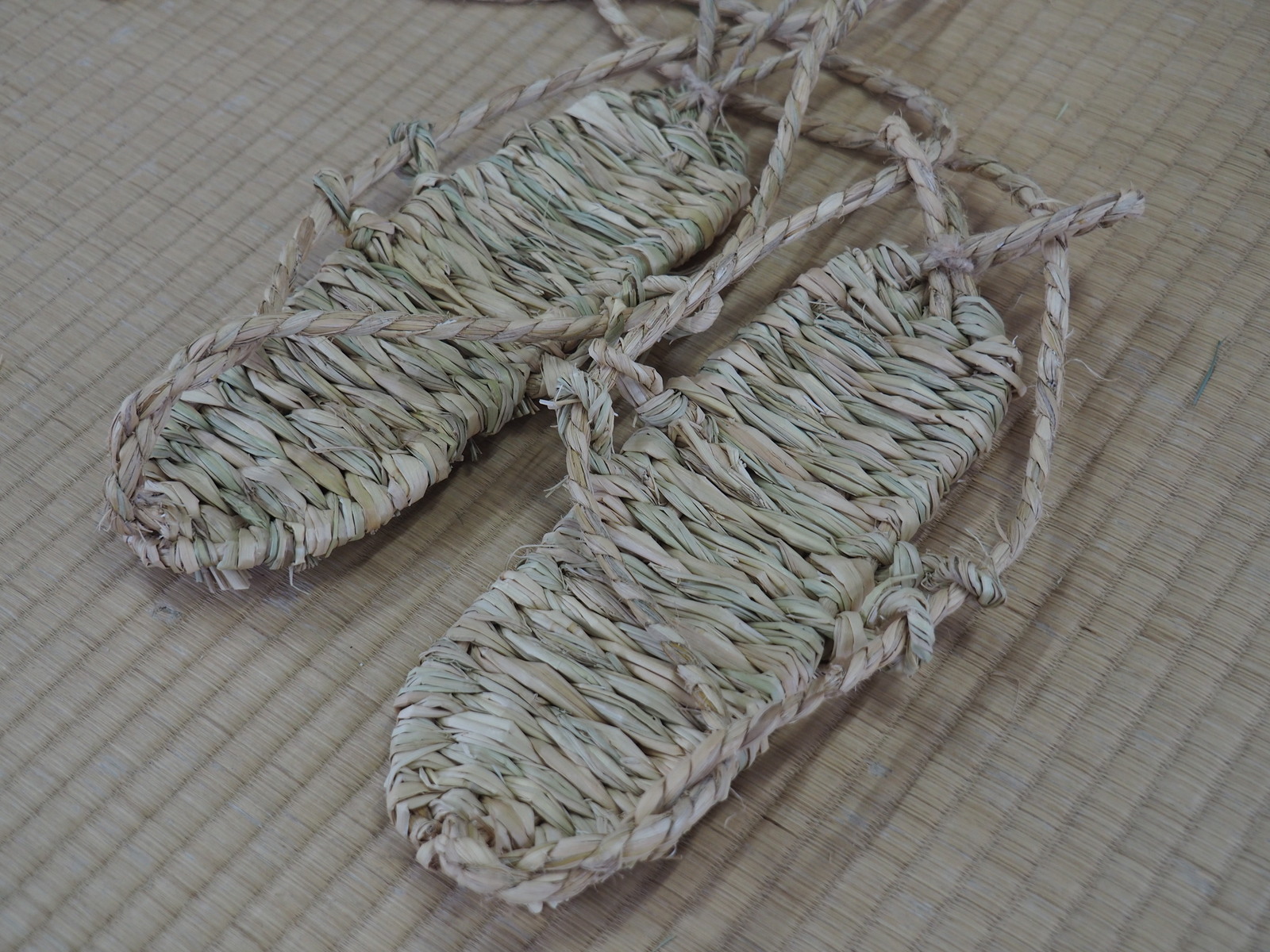
Waraji were the everyday footwear in Japan up throughout history up until about 100 years ago. Some elderly people today still remember that they made waraji every night for their next day at school. It is said that farmers would get through 100 pairs a year. And people whose job it was to make deliveries and covered long distances everyday would get through three pairs a day. I myself am currently working with Yuji Sakai to bring back the waraji. We already held a waraji trail race and are going to work on making it bigger. So, watch this space!
3. Shimenawa
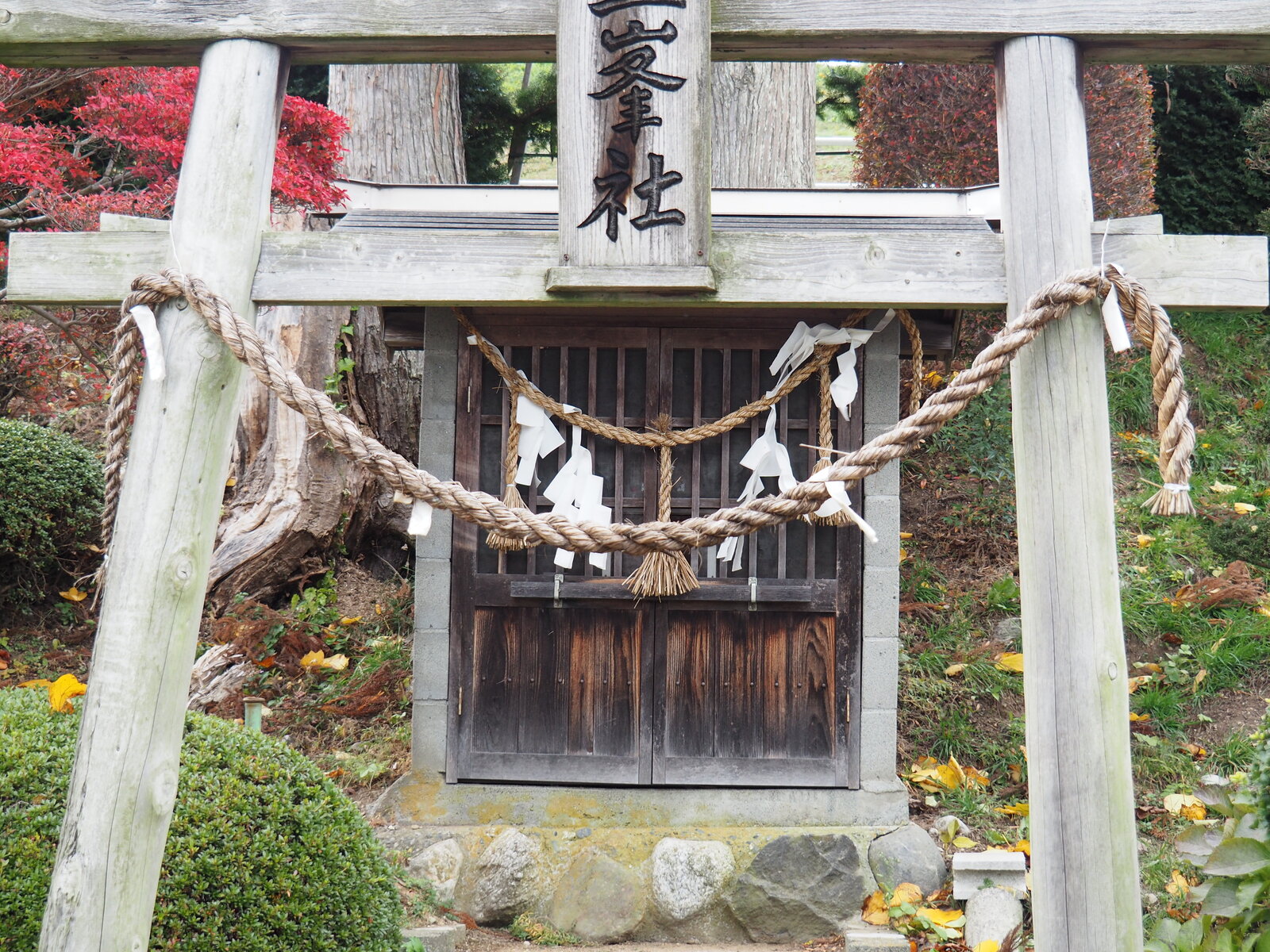
Shimenawa is a rope made out of straw, often with paper in zigzag folds hanging down from it. These shapes represent clouds and lightening. They are religious items of the Shinto Faith and act as a border between the land of men and the land of gods. Let’s take a quick dive into the mythology behind this. Once Amaterasu, the Goddess of the Sun felt darn right depressed and hid herself in a cave. Naturally, this plunged the earth into darkness. The other gods all got together and conjured up a plan. They held a party, a wild, wild party that got so off the hook that the goddess Ama-No-Uzume became possessed and put on a striptease. The commotion outside the cave got so crazy and piqued Amaterasu’s curiosity so much that she just had to take a peek out of the cave. When she did, they held a mirror so that she was stunned by her own reflection. They wrestled her kicking and screaming out the cave and sealed it shut with a shimenawa. Voila, the shimenawa was born. Nowadays you can see them everywhere you go in Japan, but especially at shrines and wrapped around old trees and huge rocks.
4.Mino
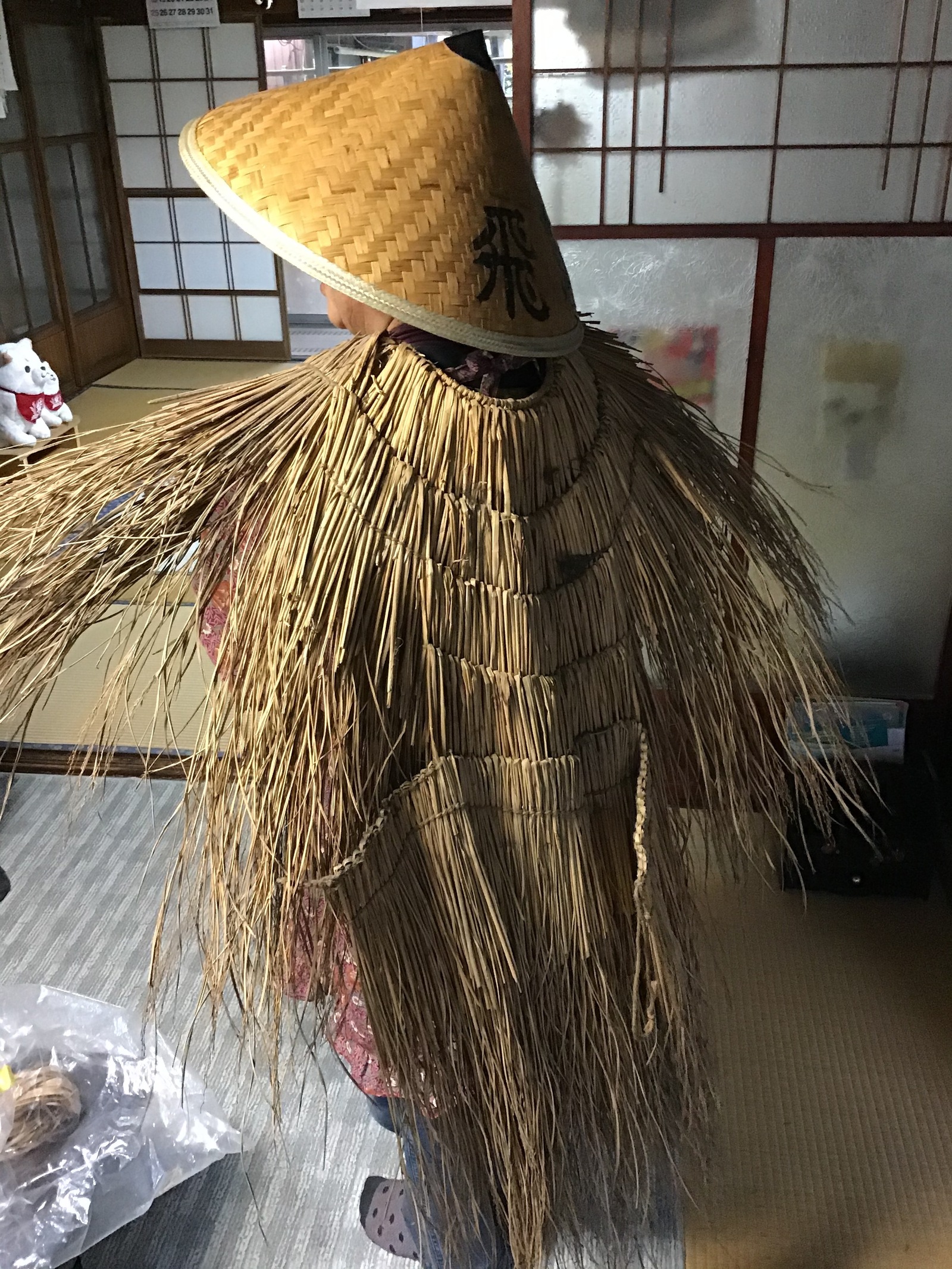
Rain jackets (before we had Gore-Tex)
Related Post

